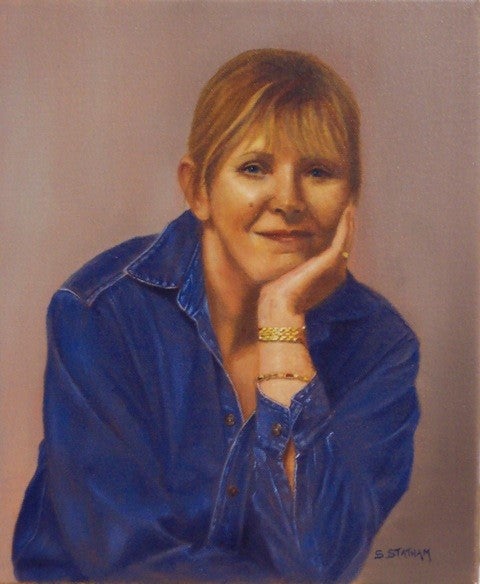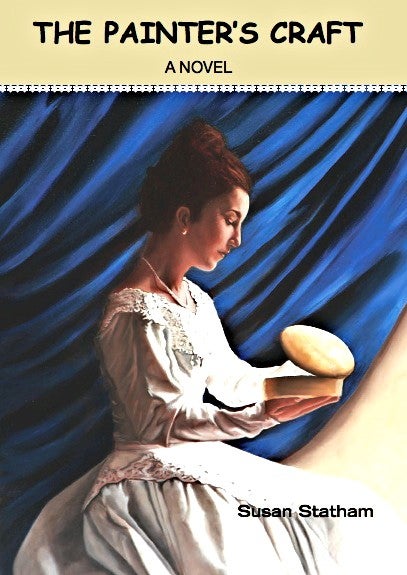
Written by Susan Statham (BA ’92)
In early April of this year I received the inaugural Medli Award for my second mystery novel “True Image” – a story that brings together a portrait artist and an autistic child to solve a murder. The Medli is unique because it asks, not for a multi-edited and completed work of fiction but requests the first one hundred pages of a work in progress. Seven judges within the literary professions and five ‘avid’ readers then chose the manuscript most likely to succeed in captivating a reader. The Medli Award includes a comprehensive manuscript evaluation and mentoring with author Gail Anderson-Dargatz whose books have been short listed for the Giller.

Does every fiction author need an agent? Ten years ago I would have said yes but none of those I approached with my first mystery novel needed me. A few years went by while I wrote short stories, edited an anthology and continued rewriting the novel. Finally, a chance meeting resulted in a recommendation and “The Painter’s Craft” was accepted for publication with one of my paintings chosen for the cover.
It takes many skills to write a book and most academic institutions provide most of them but the University of Waterloo is better than most. Before attending UWaterloo, I studied both fine and commercial art, graduated from college and took multiple courses at two universities. This experience helped me appreciate UWaterloo’s philosophy of education – teach students what they need to know, then test them on that knowledge. It’s genius in its simplicity and comprehensive in its application.
I have two consuming interests, the literary arts and the visual arts. In direct relationship to the academic success I achieved at UWaterloo, I gained the necessary self-confidence which then motivated my actions in achieving great rewards in both of these disciplines.
Visit Statham’s site to learn more about her novel, gallery, and editing services.